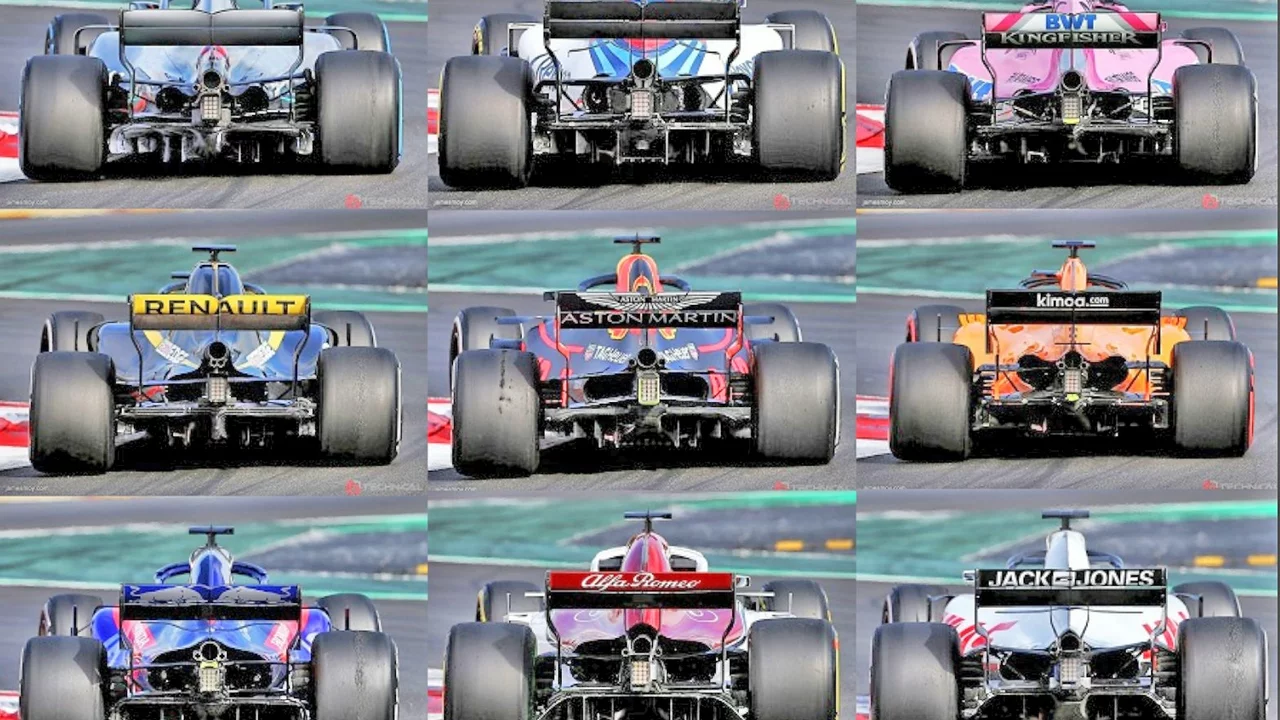Car Length: What It Means and Why It Matters
When you hear the term “car length,” you might picture a ruler stretched across a garage. In motorsports, it’s more than a simple number – it shapes how a car cuts through corners, how fast it can go on a straight, and whether it even fits the rulebook. Knowing the right length for your build can save you time, money, and a lot of frustration at the track.
Most beginners think bigger is better, but a longer chassis can add weight, raise the centre of gravity, and make the car harder to turn. On the flip side, a car that’s too short may lack stability at high speeds. Finding the sweet spot means balancing length with your intended racing discipline, engine placement, and aerodynamics.
Measuring Car Length Correctly
The official way to measure car length is from the front-most point of the front bumper to the rearmost point of the rear bumper, straight across the ground. Make sure the car is on a level surface and that any removable parts, like spoilers or diffusers, are either included or excluded consistently across all measurements.
If you’re tweaking a kit car or building from scratch, use a steel tape or a laser measuring tool for the most accurate read. Write down the figure in both millimetres and inches – most racing series list limits in both units. Double‑check the number with a friend; a simple mis‑read can push you over an illegal limit and cost you a race weekend.
How Car Length Affects Performance and Regulations
Longer cars tend to have better straight‑line stability because the weight is spread out over a greater wheelbase. This can translate to higher top speeds on tracks with long straights, like Monza or Daytona. However, the trade‑off is a larger turning radius, which hurts lap times on twisty circuits.
Regulatory bodies often cap car length to keep the competition fair. In many GT and touring‑car series, the maximum length is set to prevent teams from building oversized, road‑legal hybrids that would dominate the field. Always check the rulebook of the series you aim to race in – a 10 mm breach can lead to a disqualification.
Beyond speed, car length influences aerodynamics. A longer body can hide the under‑tray and create smoother airflow, but it also adds surface area that creates drag. Many teams use a slightly shorter chassis with aggressive aerodynamic aids to offset the drag while keeping the car nimble.
Practical tip: start with the length limit of your target series and work backwards. Sketch the chassis, place the engine, and see where the wheels land. If you’re over, consider moving the engine forward or shortening the rear overhang. Small adjustments can shave off kilograms and improve handling without breaking any rules.
In short, car length isn’t just a measurement; it’s a design decision that touches every part of your racing game. Keep it accurate, stay within the rulebook, and think about how it will affect speed, handling, and aerodynamics. Get the length right early, and you’ll spend more time on the track and less time in the pits fixing compliance issues.
Which car is longer: IndyCar or Formula 1?
After comparing the two, it turns out that an IndyCar is longer than a Formula 1 car. While IndyCars can reach a length of about 5.1 meters, Formula 1 cars typically measure up to 4.7 meters long. This means that IndyCars are about 0.4 meters longer than their Formula 1 counterparts. So, if you're ever in a debate about which one is lengthier, you can confidently say it's the IndyCar. Definitely an interesting bit of trivia for all you racing fans out there!
